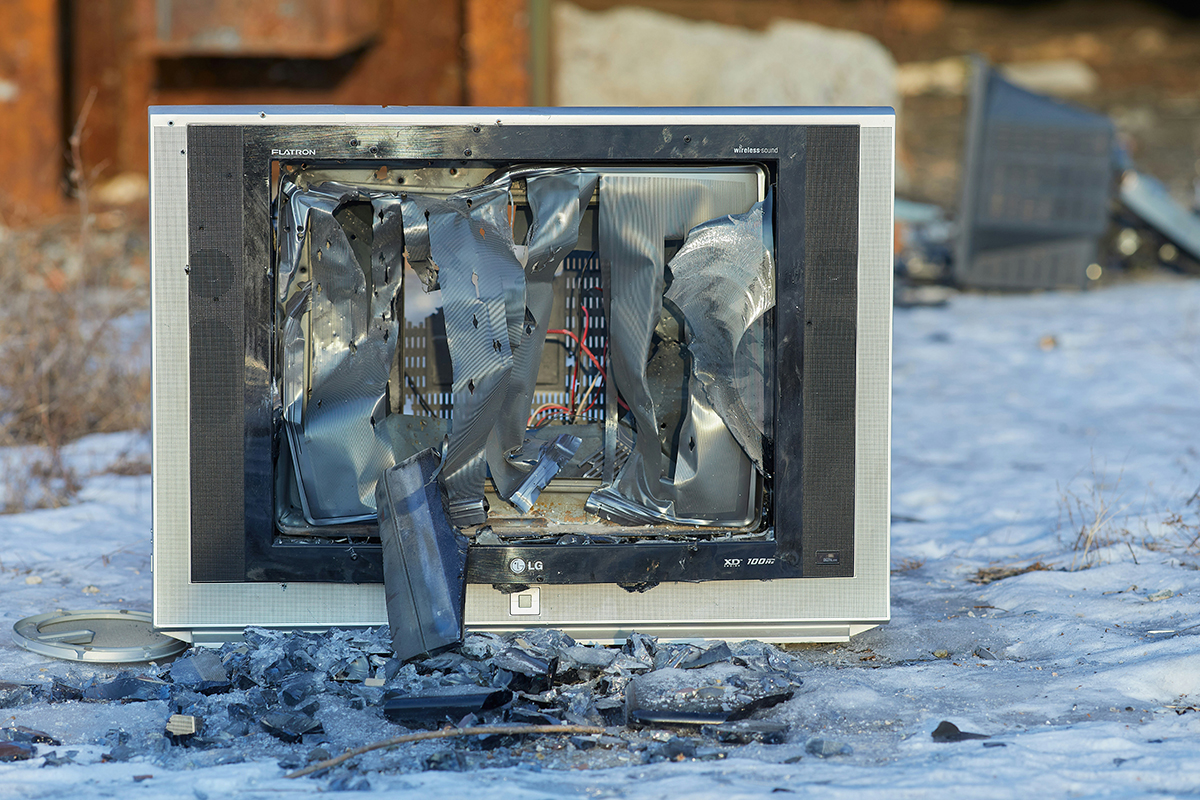Anthony Raphael, Medriva.com, February 28, 2024
In the heart of our digital age lies a paradox: as our appetite for the latest electronic devices grows, so does the pile of discarded gadgets, leading us into an era of unprecedented electronic waste (e-waste). Yet, within this mounting challenge, there emerges a silver lining – or, more accurately, a golden opportunity. This is the realm of urban mining, a process that could redefine our approach to e-waste by extracting valuable metals from our old electronics, offering a strategic solution to both waste management and resource scarcity.
The Rise of Urban Mining
The concept of urban mining isn’t new, but its importance has skyrocketed in recent years, thanks to the increasing awareness about the environmental hazards of e-waste and the critical shortage of raw materials. Urban mining taps into the vast reservoirs of precious metals lying dormant in our discarded devices. From smartphones to laptops, these gadgets are a treasure trove of valuable resources like lithium, cobalt, nickel, and rare earths, essential for powering our transition to a digital and net-zero economy. The European Union has recognized the strategic role of urban mining in securing these critical raw materials, highlighting its potential to significantly reduce the environmental impact of traditional mining practices.
Challenges on the Path to Circular Economy
However, the journey towards a fully realized circular economy, where waste is minimized, and resources are reused, is fraught with challenges. One significant hurdle is the design of electronic devices themselves, often not made with disassembly and recycling in mind. This, coupled with consumer behavior that leads to ‘electronic hibernation’ – where old devices are forgotten in drawers rather than recycled – and an inefficient collection and recycling infrastructure, complicates the urban mining process.







